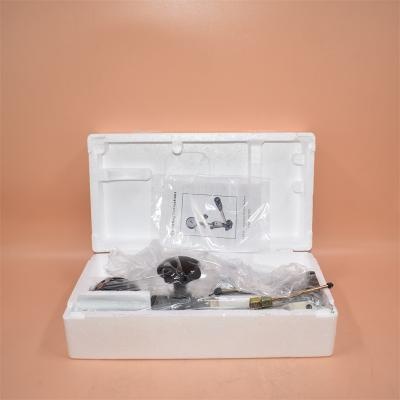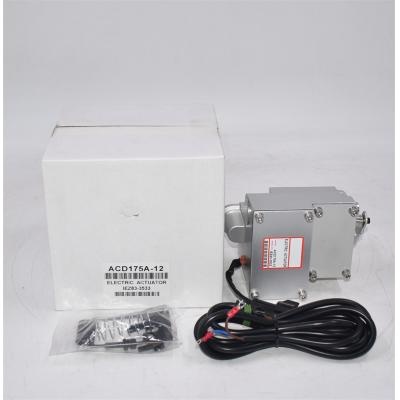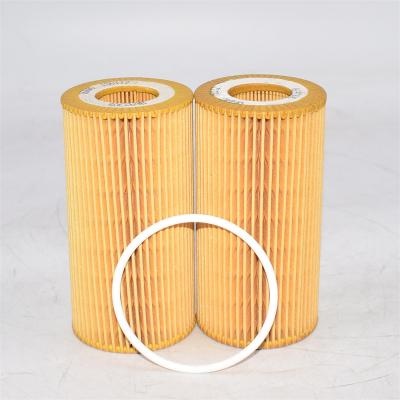Whether the oil separator is the same as the capture tank
Air oil separator (AOS) or catch tank is used to intercept oil vapor passing through PCV system and collect residual oil. For this reason, the two devices work ian the same way and have different results.
Some types of baffles or filters are used to encourage oil vapors and oil droplets to fall out of the suspension and remain in the equipment as air passes through.
AOS is a device far superior to Catch Can. The AOS is designed to return the collected fluid to the engine. This means you never have to empty it. Keep reading, it will become better.
A large amount of liquid is often found in the capture tank for two reasons: Capacity and condensation. The capture tank usually has a very large storage capacity, so it does not need to be emptied frequently. This large capacity is unfavorable to the system because it will promote condensation in the capture tank.
In the cold morning, the catch box will keep cold for a long time, especially when most of it is cold water. The hot steam from the engine condenses rapidly in the capture tank, and most of the water fills the tank. The fuller the catch pot, the more water it collects. I have seen Catch Cans fill up with water in just a few minutes of engine operation under appropriate conditions.
The AOS continuously returns to the oil pan. Condensation does occur, but it is never allowed to condense into large quantities. A small amount of water returned to the motor will burn off during normal operation and will normally flow back to the engine through the PCV system.
Most high-quality AOS also have built-in heaters. This is usually the engine coolant line that runs through the AOS body. By keeping the heat of the AOS main body, condensation is prevented. The collected water is evaporated, and the oil can flow freely, so that the device can work better in separating oil.
























